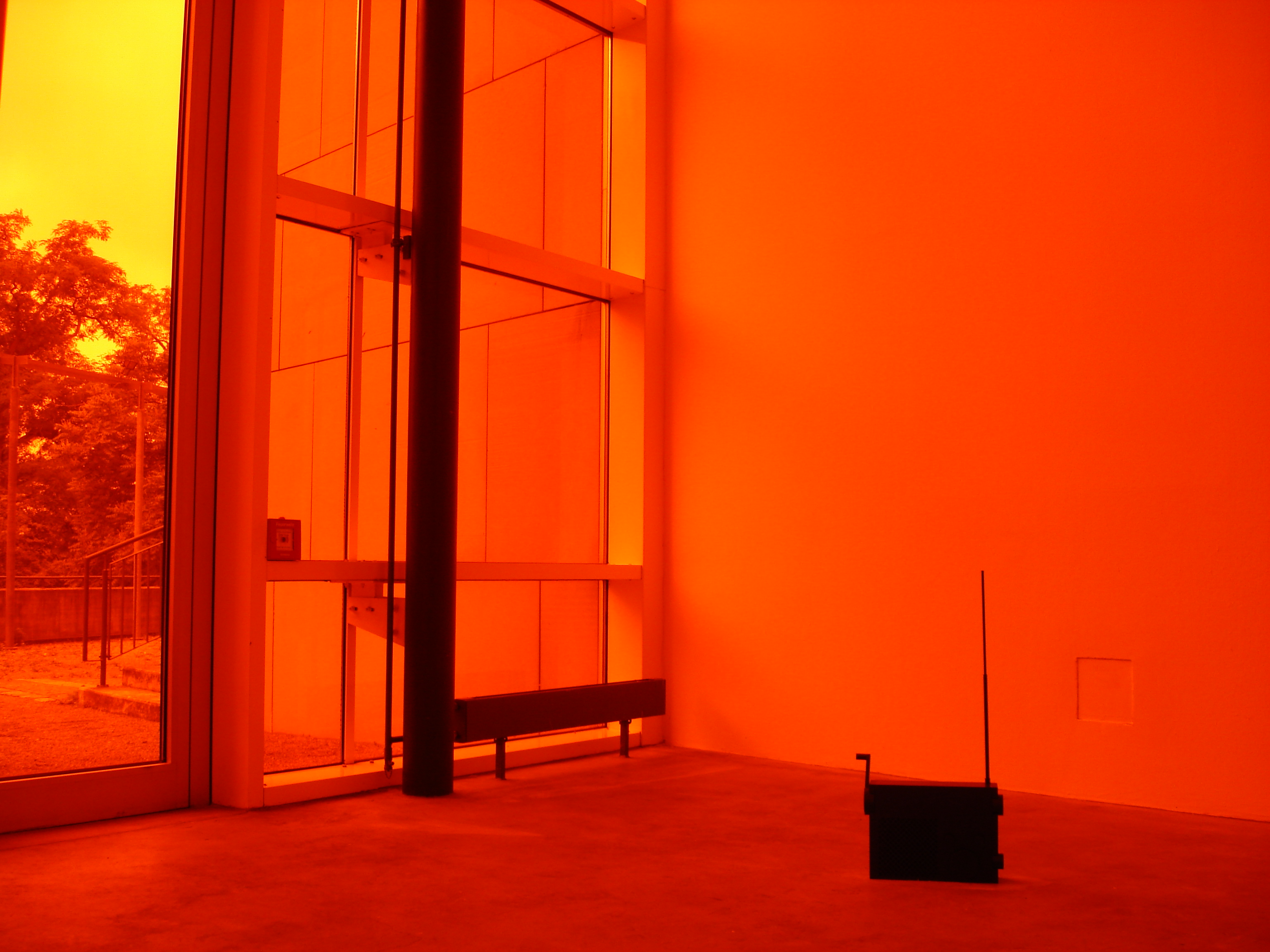
Why arts funders and indie video game makers don’t click, and how to fix it
By Asi Burak
Today’s indie video game creators are operating more like independent artists in many ways, however the nonprofit arts funding system is hard for them to penetrate. A few thoughtful adaptations could make the funding system a lot more relevant and accessible to artists and social entrepreneurs choosing to work in this exciting medium.
The ‘democratization’ of game creation tools and distribution has had a significant impact in recent years on the field of video games. Previously, creators had one route: go through the gatekeepers — large console publishers that held the power over what got created and marketed. Games were very expensive to make and the risk of failure was high, so the content was limited and fairly conservative. This is similar to big film studios making bets on blockbusters.
Now, with online distribution like Valve’s STEAM distribution platform and mobile app stores, any game maker can pull together the resources to make a game relatively cheaply and get access directly to audiences. Furthermore, crowdfunding platforms like Kickstarter have allowed game designers to create direct relationships with their potential users, very early in the process.
This has contributed to a leveling of the playing field and has resulted in more games being created with more diverse content. While the price tag for an indie game is lower, if a small team sells enough in quantity, they are able to pay the rent (e.g. Papers Please by Lucas Pope or This War of Mine by 11 bit studios). Very successful ones can literally become millionaires. On the flip side, the biggest challenge now is noise — there is so much content out there that it is much harder to get discovered.
This shift in technology and underlying economics has truly led to a renaissance in games. The content being created is bolder and more experimental. Creators are trying new things that the big developers never would have been able to try. This has also created space for different types of artists to explore game development as a mode of expression (see The Night Journey, Bill Viola’s collaboration with the USC Game Innovation Lab). We are also seeing a change in the demographics of who is playing games – many more women, and an average age that is increasing every year (35 in 2015, according to the Entertainment Software Association’s industry survey).
Although games and interactive experiences are increasingly created for purposes other than profit or entertainment — for social change, for example, or artistic expression — the current nonprofit funding and support structures are highly challenging for game developers to access. The National Endowment for the Arts and National Endowment for the Humanities have supported several game projects, but it is far from an easy fit. Most public funding entities require that grantees are nonprofits or have a fiscal sponsor, but that is not how game creators typically operate. Usually they are either operating as a small for-profit studio or as individual artists. In addition, most game creators don’t really know how to apply for grants or that other support structures for artists exist and might be relevant to them.
Here are some steps funders could consider to make their support more relevant to game creators:
- Hire or harness talent and critics who understand gaming and can communicate well with game creators.
- Provide scholarships for individual game creators – career and life support that isn’t conditional on what they are creating but on their talent and artistic potential.
- Go for a portfolio or incubator approach vs. funding one-off projects, in order to build the whole sector.
- Figure out how to address the non-profit status question.
I believe that implementing these suggestions could make a dramatic change in the life of emerging video game artists, and more importantly – catch up with recent developments in one of the most dominant media forms.
Photo by me_maya via Flickr / Creative Commons

7 thoughts on “Why arts funders and indie video game makers don’t click, and how to fix it”